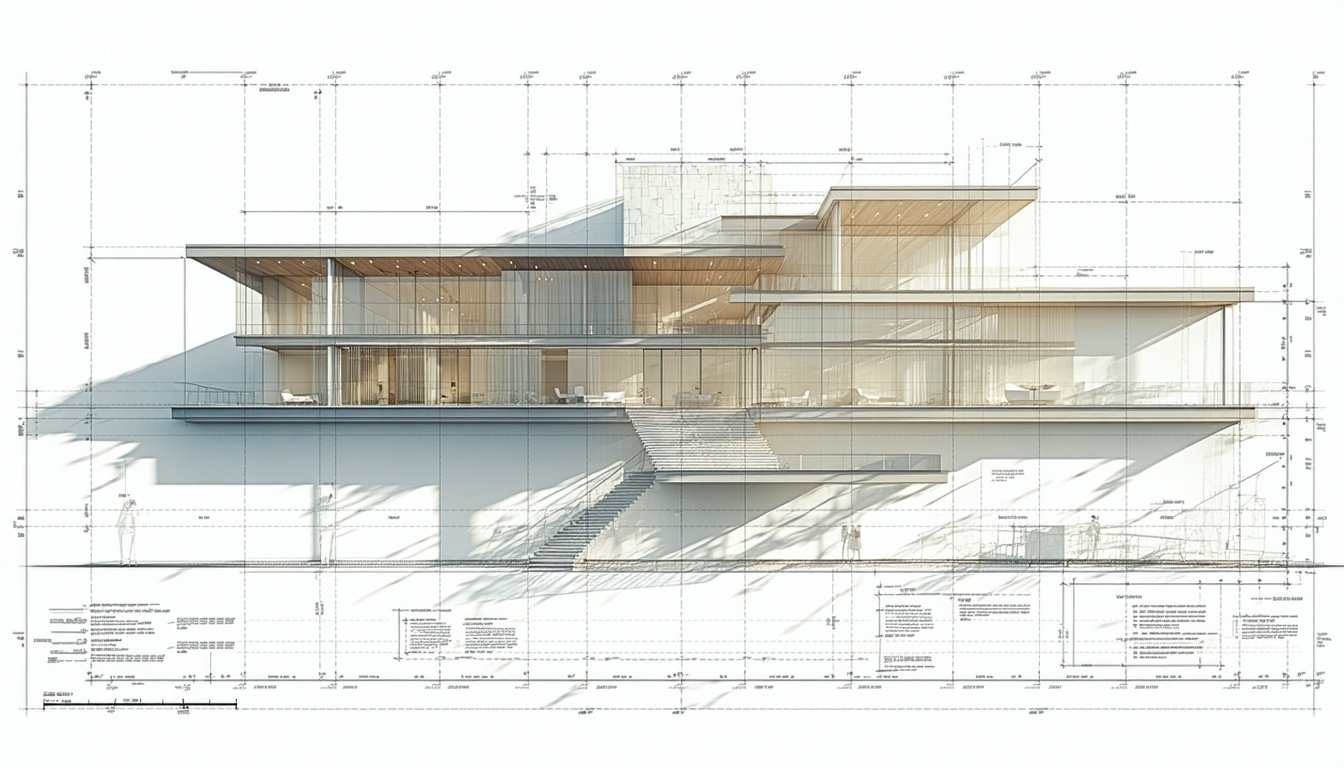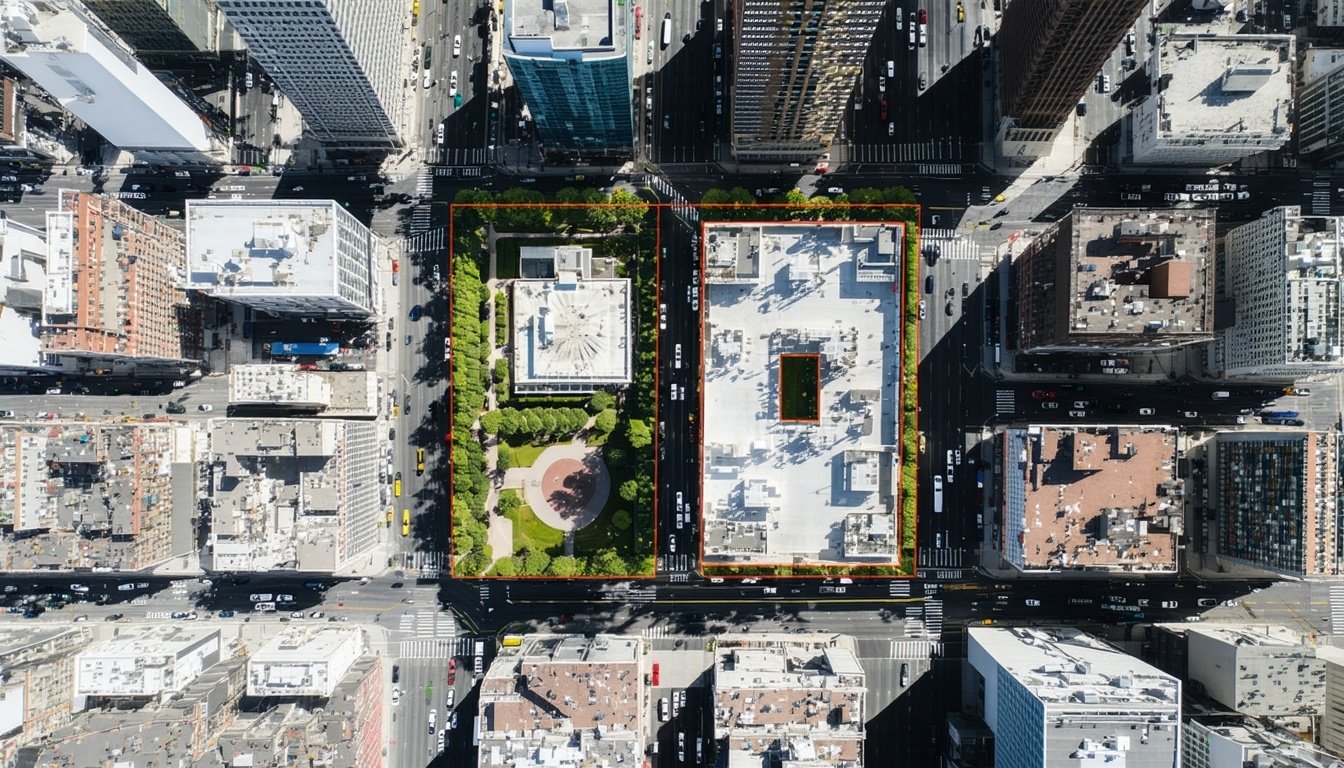Viewshed analysis is a crucial tool in modern construction planning, offering a way to balance development needs with the preservation of natural landscapes and community views.
What viewshed analysis means for urban and rural projects
Viewshed analysis is a process that determines the visible areas from a specific vantage point. This tool is pivotal for both urban and rural projects as it helps planners and developers understand the visual impact of their proposed constructions on the surrounding landscape.
In urban settings, viewshed analysis can assist in maintaining the aesthetic quality of cityscapes, ensuring that new developments do not obstruct iconic views or disrupt the visual harmony of neighbourhoods. For rural projects, it helps in preserving the natural beauty and ecological integrity of landscapes by guiding the placement of structures to minimise visual disruptions.
Why councils require viewshed analysis in planning approvals
Local councils mandate viewshed analysis as part of the planning approval process to ensure that new developments adhere to community expectations and environmental standards. This requirement is critical for maintaining the visual amenity and cultural heritage of an area.
By integrating viewshed analysis into planning approvals, councils can make informed decisions that balance development needs with the preservation of valued sightlines and landscapes. This practice helps in mitigating the potential negative visual impacts of new constructions, thereby fostering sustainable urban and rural development.
How viewshed analysis protects community and heritage landscapes
Viewshed analysis plays a vital role in safeguarding community and heritage landscapes by providing a clear understanding of how new developments might alter the visual environment. It helps in identifying and preserving key sightlines, such as views to and from heritage sites, parks and natural landmarks.
Through careful analysis, planners can ensure that new buildings do not overshadow or detract from these important visual assets. This protection is essential for maintaining the cultural and historical character of communities, which in turn enhances local identity and pride.
The role of viewshed studies in reducing planning objections
One of the significant benefits of conducting viewshed analysis is its ability to preempt and reduce planning objections from neighbours and community members. By transparently demonstrating the visual impact of proposed developments, stakeholders can address concerns early in the planning process.
This proactive approach helps in building community trust and support for new projects, as it shows a commitment to considering the visual and environmental impacts on existing residents. Consequently, viewshed analysis can lead to smoother planning approvals and fewer conflicts during the development phase.
Why Certified Energy provides reliable viewshed analysis services
Certified Energy is renowned for its expertise in delivering precise and reliable viewshed analysis reports. Our team of experienced professionals utilises advanced tools and methodologies to assess the visual impacts of proposed developments accurately.
We pride ourselves on our ability to balance development ambitions with environmental sustainability and community expectations. By choosing Certified Energy, developers and planners can ensure that their projects meet regulatory requirements and contribute positively to the visual and cultural landscape of the area.







